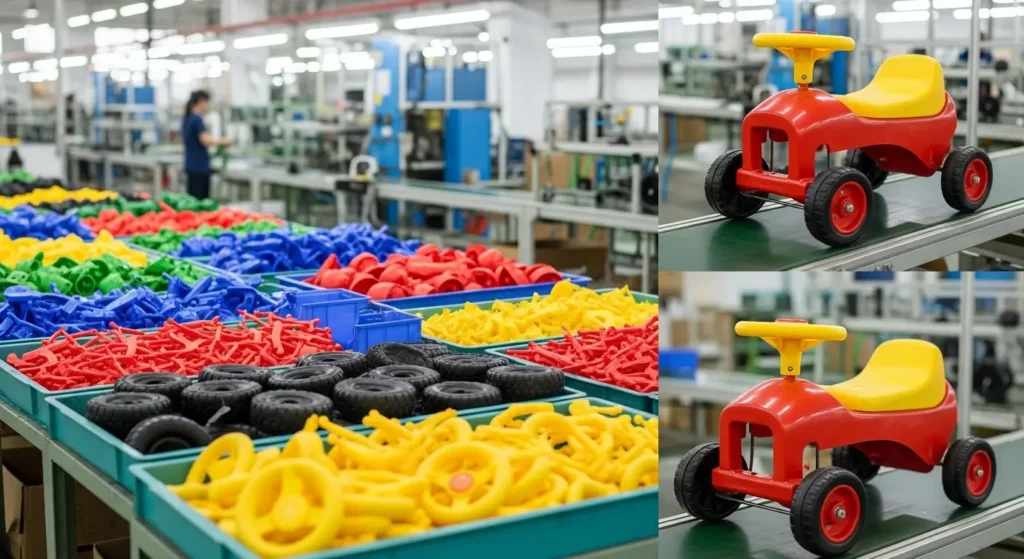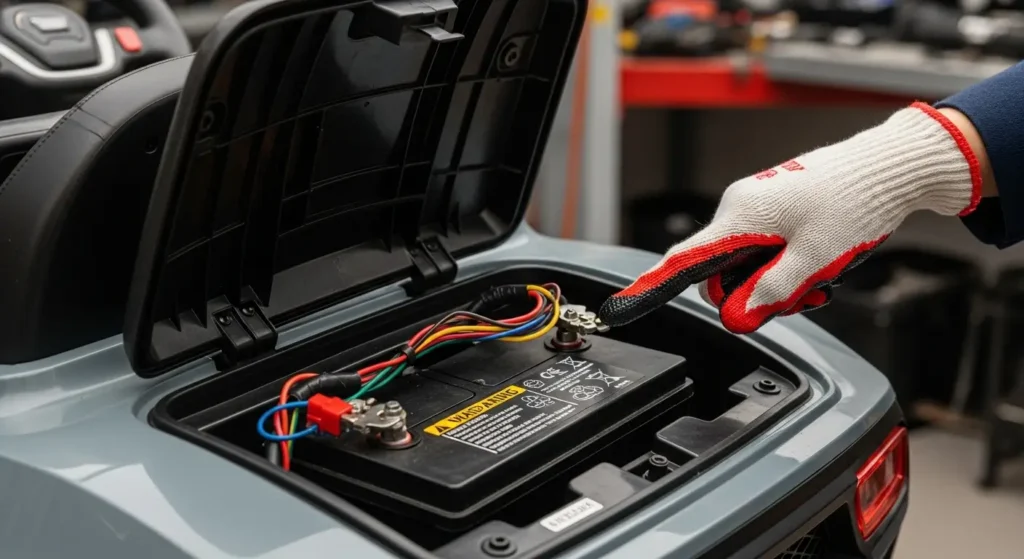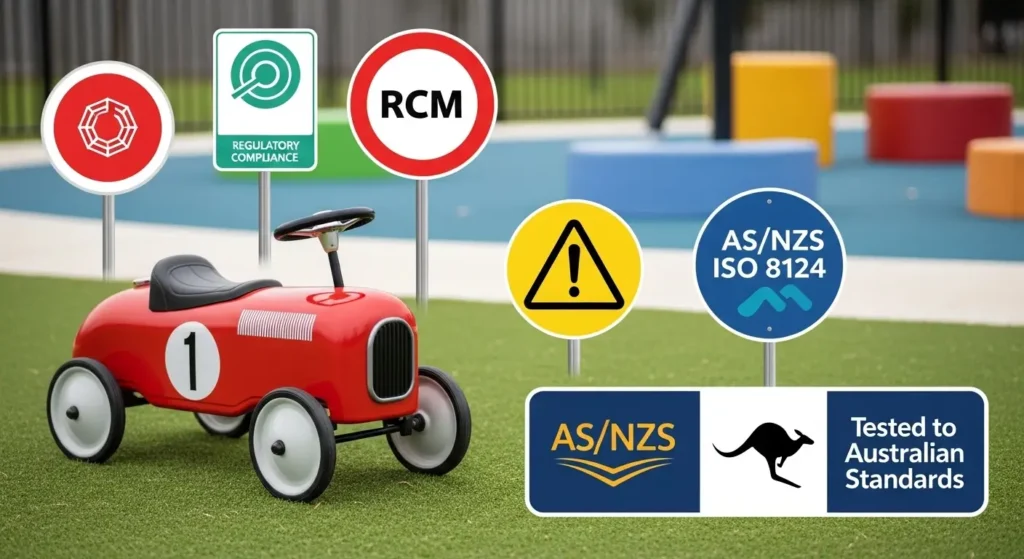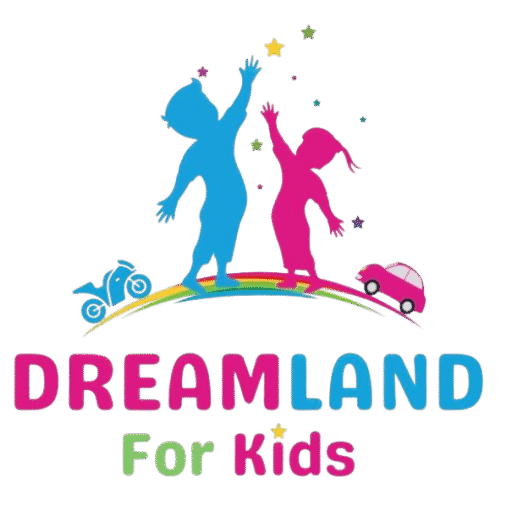Currently Empty: $0.00

Buying a ride-on toy for your child is a joyful milestone, but it comes with important safety considerations. Ride-on toys can offer hours of entertainment, but ensuring they are safe is essential to prevent accidents and injuries.
Whether you are new to buying kids’ ride-on vehicles or looking to upgrade, this detailed safety checklist will cover every vital factor to help you make the best choice. From selecting the right size to battery safety and supervising play, here’s everything Australian parents need to know.
Key Insights
- Age and Size Suitability is Vital
Choosing a ride-on toy that matches your child’s age and weight is crucial for safety and usability, helping to avoid accidents caused by vehicles that are too large, too fast, or too difficult to control. - Build Quality and Materials Affect Safety
Durable materials with smooth edges and non-toxic components increase safety and longevity, reducing the risk of injury from breaks, sharp edges, or toxic exposure. - Safety Features Enhance Control and Protection
Speed limiters, parental remote controls, low centres of gravity, and anti-slip surfaces are essential features that prevent accidents and give parents peace of mind. - Battery and Electrical Safety Must Not Be Overlooked
Using certified batteries and chargers, secure battery compartments, and following charging instructions are critical to prevent electrical hazards in electric ride-ons. - Supervised Play in a Safe Environment is Crucial
Parents should always supervise and select safe play areas free from traffic and hazards, while encouraging protective gear like helmets, especially outdoors.
Table of Contents
1. Age Appropriateness and Weight Capacity
Ensuring your child’s ride-on toy is appropriate for their age and weight is crucial for both safety and comfort. Toys designed for toddlers are very different from those suitable for older children, especially in handling and speed.
Choosing a toy that matches your child’s developmental stage means they can control it more confidently and avoid injury. Ignoring weight limits can lead to structural damage or instability, which creates safety risks.
- Recommended Age Range: Always choose a ride-on recommended for your child’s age to ensure the size, speed, and control features match their abilities.
- Weight Limits: Check the maximum weight the toy can safely support to avoid overloading and tipping risks.
- Seat and Size Fit: Ensure the seat and vehicle size allow your child to sit comfortably with easy access to controls.
- Developmental Suitability: Consider your child’s motor skills and coordination level when picking the toy.
2. Construction and Quality Materials

The materials and build quality determine how safe and durable the ride-on toy will be. Well-made toys resist breakage and keep children safe from common hazards such as sharp edges or unstable parts.
Australian safety standards also require toys to avoid toxic materials since kids often come into close contact with all surfaces. Investing in quality materials not only protects your child but also ensures the toy lasts through active play.
- Strong Frame: Prefer vehicles with sturdy plastic or metal frames that are built to handle rough outdoor play.
- Rounded Edges: Look for smooth, soft edges that reduce the risk of scrapes or cuts.
- Non-Toxic Materials: Ensure all plastics and paints comply with Australian toxicity regulations.
- Robust Joints and Wheels: Stable joints and durable, non-slip wheels improve safety and handling.
3. Essential Safety Features and Design
Ride-on toys that come with built-in safety features provide vital layers of protection for children and peace of mind for parents. Important design elements like speed controls and parental remote overrides help prevent accidents.
Moreover, a low centre of gravity enhances stability, reducing the risk of tipping. Anti-slip pedals and secure seat belts are also key to keeping your child safe while they drive.
- Speed Limiters: Ability to restrict maximum vehicle speed to safe levels for your child’s age.
- Parental Remote Control: Options for adults to control or stop the ride-on remotely if needed.
- Low Centre of Gravity: A design focused on stability to avoid tipping during turns or uneven terrain.
- Anti-Slip Surfaces: Textured pedals and footholds to prevent slips and falls.
- Seat Belts or Harnesses: Includes secure straps to keep your child safely seated.
4. Battery and Electrical Safety

For electric ride-on vehicles, battery and electrical safety are paramount. Batteries must be of high quality and handled properly to prevent risks like overheating, short-circuiting, or leakage.
Australian standards regulate battery safety in children’s toys, making it important to buy products that comply. Proper charging procedures and secure battery compartments also reduce hazards.
- Certified Batteries: Use ride-ons with sealed, non-spillable batteries certified to Australian standards.
- Safe Charging: Only charge batteries with the manufacturer-provided charger and avoid overcharging.
- Battery Enclosure: Battery compartments should be securely locked to prevent child access.
- Electrical Safety Standards: Ensure the toy meets relevant Australian certifications for electrical safety.
- Battery Maintenance: Regularly check batteries and connections for wear or damage.
5. Environment and Supervision
Even the safest ride-on toy requires a safe environment and adult supervision to prevent accidents. A hazard-free play area without traffic or steep slopes is essential.
Parents should always watch their children during play, teach safe riding habits, and encourage protective gear. Awareness of weather and terrain conditions is also critical when children use their ride-ons outdoors.
- Safe Play Area: Choose flat, obstacle-free surfaces like fenced yards, smooth driveways, or parks away from traffic.
- Active Supervision: Always watch your child and be ready to intervene if necessary.
- Protective Gear: Helmets and pads protect from injury during falls or collisions.
- Weather Awareness: Avoid use in rain, wet conditions, or extreme heat that could affect toy and child safety.
- Clear Play Rules: Teach children basic safety rules, such as slow speed and avoiding dangerous zones.
6. Compliance with Australian Laws and Standards

Purchasing a ride-on toy that complies with Australian safety laws ensures it has passed extensive testing. This protects children from potential hazards and guarantees the product meets high-quality standards.
Look for clear labels and instructions that conform to legal requirements to avoid unsafe or substandard toys.
- Australian Safety Standards: Check that the ride-on complies with AS/NZS 60335 and related toy safety rules.
- Age and Warning Labels: Proper labelling with age limits, safety precautions, and usage guidelines.
- Manufacturer Warranties: Choose brands offering warranties and reliable support in case of defects.
- Recall Notices: Avoid products that have been recalled for safety issues.
- Trusted Retailers: Purchase from reputable sellers specialising in certified children’s ride-on toys.
7. Reviews, Recommendations, and Expert Advice
Gathering feedback from other parents and safety experts will help you understand how well a ride-on toy performs in real life. Peer reviews reveal practical insights on safety features, durability, and usability that might not appear in product descriptions.
Trusted recommendations from Australian safety organisations can provide an added layer of confidence for your purchase.
- Parent Testimonials: Read user reviews focusing on safety experiences and product reliability.
- Brand Reputation: Choose brands known for their commitment to quality and safety.
- Expert Safety Advice: Consult resources from Kidsafe Australia or other child safety authorities.
- Community Recommendations: Engage with Australian parent groups or forums for firsthand tips.
- Testing and Certification: Prefer toys with independent testing and certification.
Final Thoughts
Safety is a vital factor when selecting a ride-on toy, alongside fun and entertainment. By following this ultimate safety checklist, Australian parents can confidently choose ride-on vehicles that are securely designed, age-appropriate, and supported by standards and reviews.
Always supervise your child during play and equip them with protective gear for extra precaution. At Dreamland For Kids in Merrylands NSW, we commit to offering families only quality ride-on toys that meet Australia’s strict safety guidelines, ensuring your child’s enjoyment is always safe and worry-free.
Visit us or browse online for safe and trusted rides-on toys perfect for young adventurers.
Frequently Asked Questions (FAQs)
What age is appropriate for ride-on toys?
Ride-on toys have recommended age ranges from manufacturers; toddlers typically use ride-ons designed for 1-3 years old, while older kids have models with faster speeds and more controls. Always check the age guidelines to ensure safety and usability.
How important is weight capacity for ride-on toys?
Very important. Exceeding the weight limit risks damaging the ride-on’s structure and can cause tipping or loss of control during use.
What safety features should I look for in a ride-on toy?
Look for speed limiters, parental remote controls, seat belts, anti-slip pedals, and a low centre of gravity to minimise rollover risk and improve child safety.
Are electric ride-on toys safe to charge indoors?
Yes, if you use the manufacturer’s charger, charge in a well-ventilated area, and never leave charging unattended. Avoid overcharging to prevent battery damage or overheating.
Should my child wear protective gear while using a ride-on?
Absolutely. Helmets, elbow pads, and knee pads help protect against injuries in case of falls or accidents during play.
Can ride-on toys be safely used outdoors?
Yes, provided the riding area is safe, flat, and free from traffic or steep slopes. Avoid wet or uneven surfaces to reduce accident risks.
How often should I inspect the ride-on for safety?
Regularly check for any loose parts, battery issues, tire wear, and overall structural integrity before each use.
Do ride-on toys have to comply with Australian safety standards?
Yes, all ride-ons sold in Australia should comply with standards like AS/NZS 60335 and have clear labels and warnings to ensure they meet safety requirements.
Can siblings share ride-on toys?
Some two-seater models are designed for siblings, but always check weight limits and age suitability to ensure both children’s safety.
What should I do if the ride-on toy malfunctions?
Stop using it immediately and contact the manufacturer or retailer for repair or replacement under warranty. Do not attempt to fix electrical components yourself.




